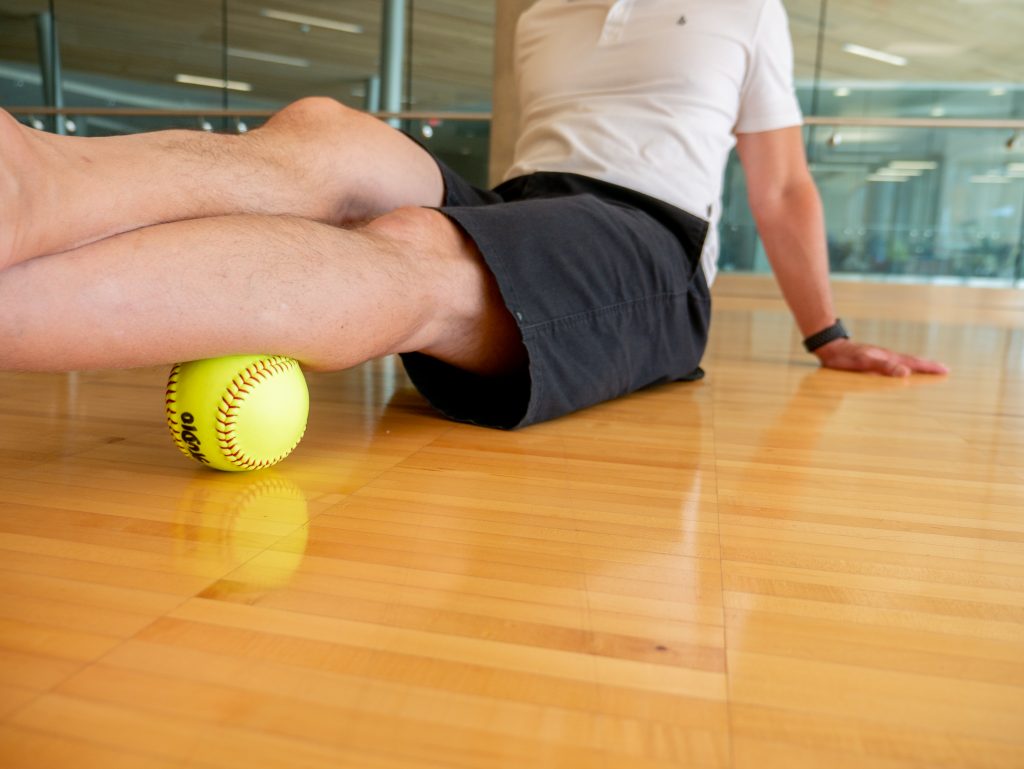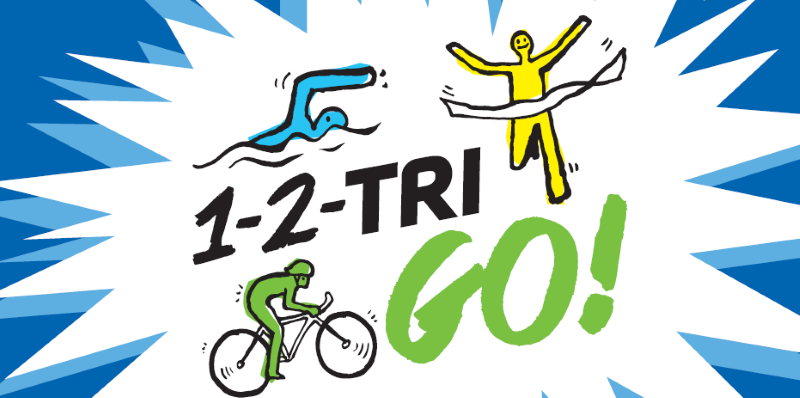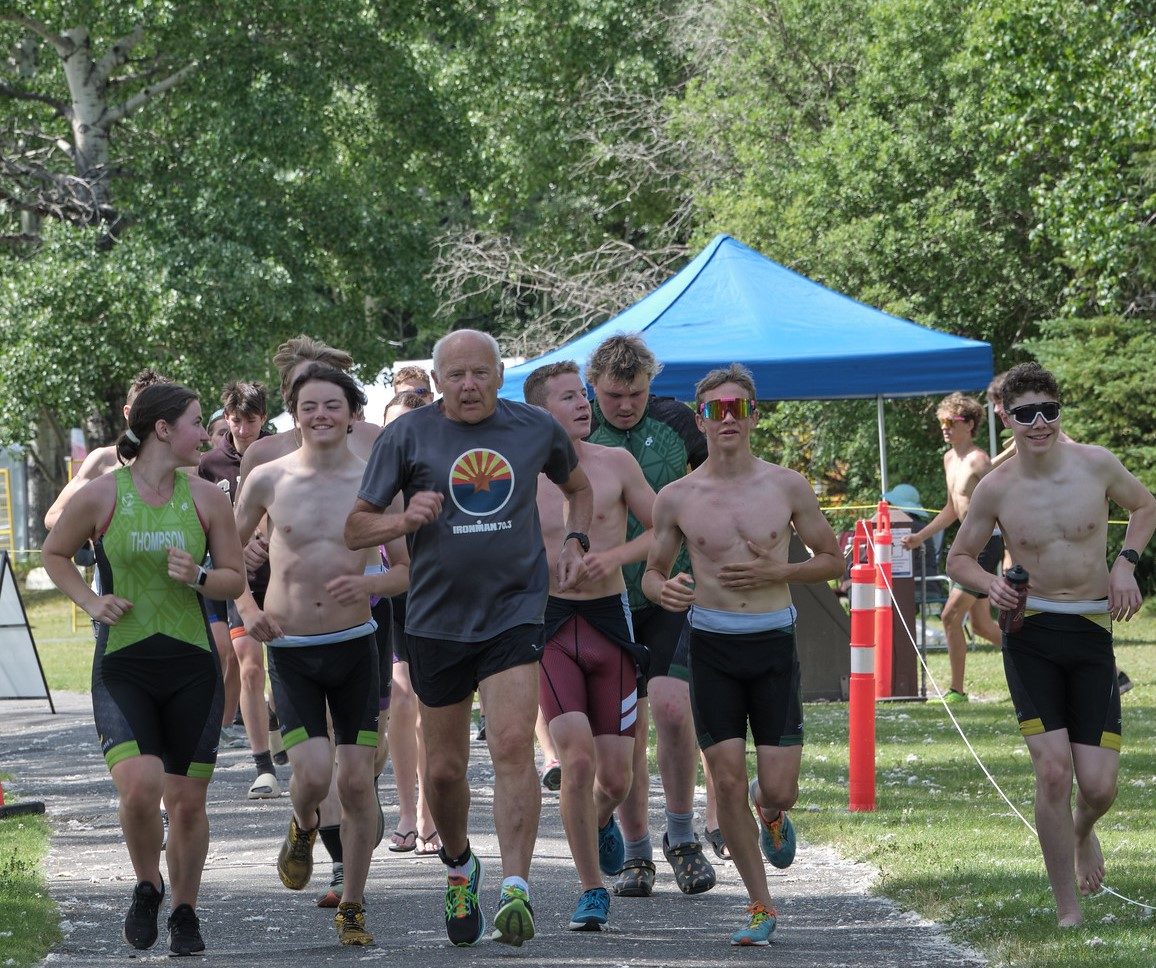July 26, 2019 | by Aaron Ashe
Rest and recovery is a crucial element of a training routine. Yes, that does include time off from training, but it doesn’t mean you have to be completely inactive.
There are passive elements to recovery (e.g. rest and sleep) and there are also active components. Activities that fall into this category include things like yoga, Pilates and stretching or – the focus of today’s article – using a foam roller or a ball to help manage the tension, aches and pains experienced from training.
Here are a few pointers that will help you perform these effectively, some guidance as to when and how to do these exercises, and an example of how to perform them.
WHY IS RECOVERY EFFECTIVE?

There are a number of ways that active recovery can positively influence your training and performance. Studies show:
- It appears to be effective in short-term increases of range of motion (ROM)1,2.
- It may help minimize delayed onset muscle soreness (DOMS) — the aches we experience hours or even days after training1,2.
- It facilitates the gliding of the fascial layers upon one another. For example, your subcutaneous tissue (skin and superficial layers) become stuck or adhered, affecting overall movement. The same can occur between deeper layers and are the result of the wear and tear of inefficient movement patterns and/or trauma/injury1,2.
- There is a basis to suggest the inclusion of these activities as part of pre-exercise routine1,2,3.
HOW DO I INCORPORATE ACTIVE RECOVERY INTO MY TRAINING ROUTINE?
1. LISTEN TO YOUR BODY
To start, choose areas of the body that you know are tight, or are causing you achiness after a workout (i.e., your quads, hamstrings, calves, shoulders, etc.).
RMT tip: Recovery is prescribed for tight/achy muscles and tissues. If you are experiencing more than average pain or swelling, or suspect you’ve injured the area (i.e., sprain or strain), see your therapist before performing recovery work.
2. CHOOSE YOUR EQUIPMENT
Choose your recovery equipment – some examples include a foam roller, softball or lacrosse ball (balls tend to give a more precise pressure).
RMT tip: Not sure how to specifically target the ache you are trying to release? Fortius Massage Therapists provide education on and demonstrations for at-home recovery exercises as part of each session.
3. MAKE THE TIME
Short duration is all that is required. Take 10 minutes – do your recovery work when watching TV or before you go to bed (relaxing tight muscles can stimulate your parasympathetic nervous system – the part of your nervous system that helps relax you for sleep).
You can also incorporate recovery into your warm-up or cool down.
4. BE MINDFUL
Use a pain scale of 0-10. 0 is no pain at all, 10 is the worst pain ever. 8 is the value given to tolerable discomfort. This is the maximum level of pain that you should experience when doing these exercises. Recovery exercises should never be a seek and destroy approach: If you are trying to relax tight areas, how can you do that if you are in intolerable pain.
5. BREATHE
Don’t forget! It is important to breathe and relax during active recovery work. How can you relax the muscle if you are not breathing?
WHAT IS AN EXAMPLE RECOVERY EXERCISE?

Tight calves? These are actually 2 muscle groups – superficially, the gastrocnemius and under that, the soleus. The gastrocnemius (gastroc)- the superficial calf muscle – has two heads (medial and lateral), which are the bulk of muscle that we see on top of our lower leg. Deep to that is the soleus (an often neglected muscle that, when tight, can contribute to plantar fasciitis development). Here’s an example of a gastroc and soleus ball release:
Equipment needed: a softball, lacrosse ball or foam roller.
The exercise:
From a seated, piked position use the ball/roller to slowly roll up the medial or lateral head of the gastroc on one leg, to find the tightest/sorest spot. Once you find that spot (there may be more than one), hang out there and put pressure on the area, not surpassing that 8/10 pain level. You are waiting for that soreness to diminish. Remember to breathe and to relax (like you do in yoga when sinking in to a pose). You can intensify the effect by putting your opposite leg on top of the other leg.

Additionally, pumping your ankle (toes up, toes down) will further intensity the effect. (If the two modifiers are too much, just ankle pumping is ideal). Do that for 2-3 minutes, waiting for the 8/10 to become a 4/10. Then repeat the same on the other gastroc head. Once through both, repeat the same on the opposite leg.
For the soleus it is the same approach, but this time only one head to worry about. The ball placement is further down the lower leg — about 1/2 of the way down, below the bulk of the gastroc muscle. Similarly, roll slowly through the muscle to assess for the tightest spot. Hang out there once you find it. Use the same modifiers if comfortable (put the opposite leg on top of the working one, to intensify — ankle pump to further it). Wait for the experience to lessen to a 4/10 on the pain scale. Repeat on the opposite leg.
In summary, recovery and home care are an important part of the training and rehabilitation process. It’s an added benefit alongside any treatment or maintenance program an athlete is undergoing. Looking for personalized recommendations on at-home recovery? Speak to your registered massage therapist in your next appointment!
Learn more about Massage Therapy at Fortius Sport & Health on our massage therapy page.
Did you know Triathlon BC members receive a preferred rate on select injury prevention and performance testing? If you’re a current Triathlon BC member, Redeem here to save up to 25% using promo code TriFortius2018.
References:
- Cheatham, S. W., Kolber, M. J., Cain, M., & Lee, M. (2015). THE EFFECTS OF SELF-MYOFASCIAL RELEASE USING A FOAM ROLL OR ROLLER MASSAGER ON JOINT RANGE OF MOTION, MUSCLE RECOVERY, AND PERFORMANCE: A SYSTEMATIC REVIEW. International journal of sports physical therapy, 10(6), 827–838.
- Schroeder, A. N., BS, & Best, T. M., PhD. (2015). Is Self Myofascial Release an Effective Preexercise and Recovery Strategy? A Literature Review. Current Sports Medicine Reports, 14(5), 352. doi:10.1249/jsr.0000000000000182
- Kim, K., Park, S., Goo, B. O., & Choi, S. C. (2014). Effect of Self-myofascial Release on Reduction of Physical Stress: A Pilot Study. Journal of physical therapy science, 26(11), 1779–1781. doi:10.1589/jpts.26.1779




